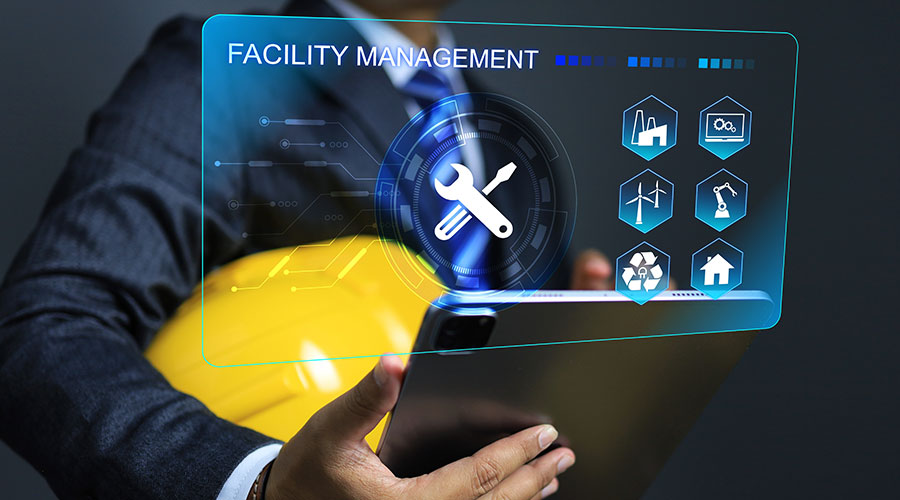 A typical data center uses 10-50 times the electricity per square foot that a typical commercial office building uses, and 35-45 percent of this energy is for the HVAC systems.
A typical data center uses 10-50 times the electricity per square foot that a typical commercial office building uses, and 35-45 percent of this energy is for the HVAC systems.Ensuring Reliable Power to Data Centers
Effective planning to address HVAC efficiency, power reliability and key post-installation considerations
In order to provide for reliable power, managers need to consider redundancy, adaptability, protection from power line issues, monitoring, and maintenance. Remember, even short outages can cause major losses. Add in the fact that utility power is not clean. Harmonics, spikes, and variations in voltage occur, and any of them can cause issues with the operation of IT equipment. It is easy to understand the reason a conventional power approach will not work for a data center.
Managers can accomplish reliability several ways. The first level of redundancy comes at the utility level. If possible, the facility should have two feeds from two different utility substations. That way, if one feeder or substation fails, the entire operation can switch automatically to the second feeder and substation.
At the facility level, data centers use a number of different systems to improve reliability, including uninterruptible power supplies (UPS), battery systems, and generators. The key to successful planning is to factor in redundancy and adaptability from the beginning.
Redundancy in data center power systems means that at no point should one component failure result in a loss of power to the facility. Modular system design can help to avoid a case of a single component failure.
UPS systems provide continuous power to equipment in the event of the loss of utility power long enough for standby generators to start, stabilize, and come on line. But the weak point of UPS systems is their batteries, which carry the electrical load until the generator comes on line.
More than 50 percent of UPS system failures result from issues in the battery systems. Most UPS system failures can be avoided by installing more than one system. Using smaller, modular systems allows the center to continue operations should something fail in one of the systems.
Managers need to plan for similar redundancy when it comes to on-site generators. If one generator is installed, a failure anywhere in the generator system can lead to a power loss facilitywide. Installing multiple modular generators offers protection against this.
Built-in redundancy offers managers another advantage: adaptability. Data centers are constantly in a state of flux. They are expanding, equipment is upgraded, and demand is increasing. The net result of these changes is growing electrical demands. A modular approach to the design of the electrical system enables managers to change the existing configuration or to add equipment with minimal disruption when needed.
Reliable HVAC
Managers need to apply the same principle of redundancy to the design of the center’s HVAC system. Do not allow the failure of one component in the system to shut down the entire system. If the system uses a central chiller, multiple chillers with multiple cooling towers and circulation pumps should be designed into the system. If two chillers are installed, each chiller should have sufficient capacity to carry the cooling load by itself with spare capacity for expansion.
The most commonly used air distribution system is based on a hot aisle/cold aisle configuration. Servers are arranged so the heat they generate is blown into the same aisle while cooling fans draw air from different aisles. This tactic prevents situations in which one server pulls hot air from another. HVAC distribution systems must be designed to support this cooling system and must be flexible enough to avoid the single component failure situation.
Related Topics:















